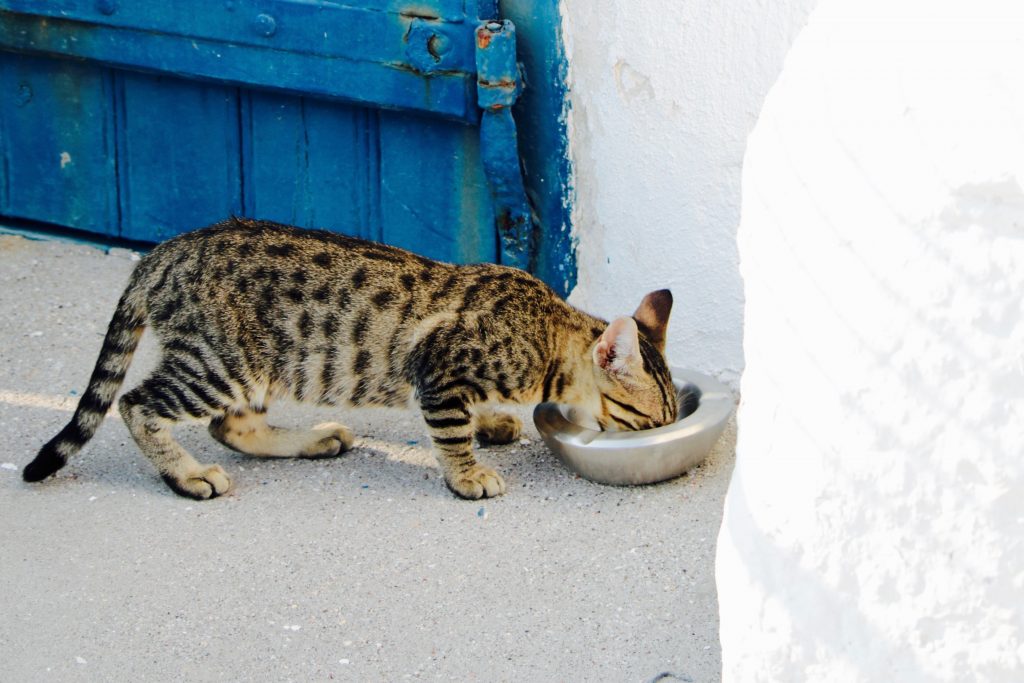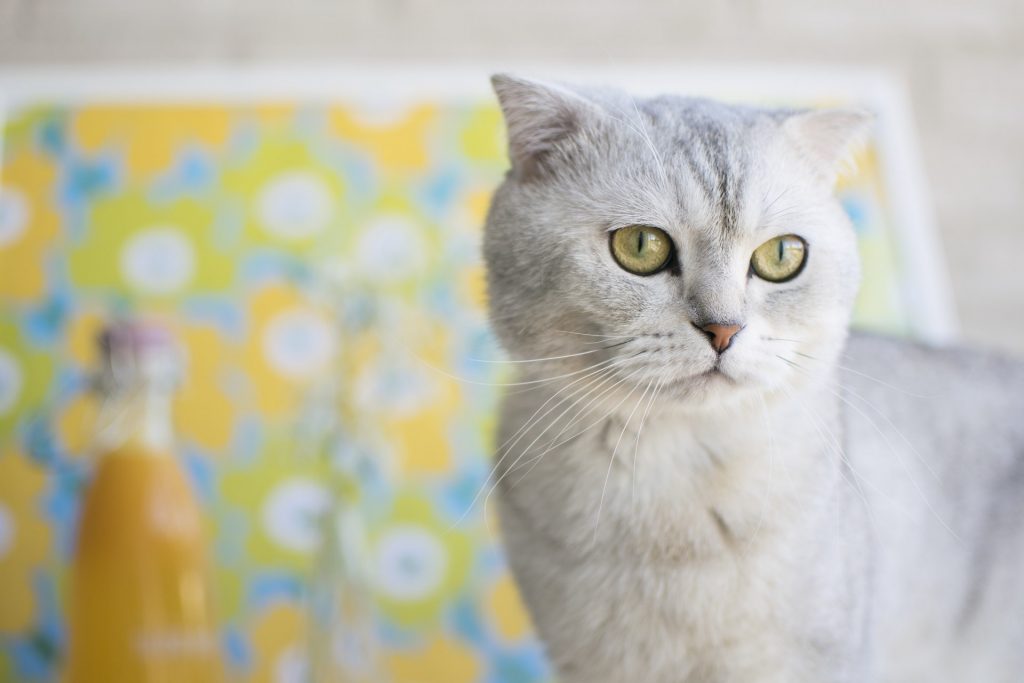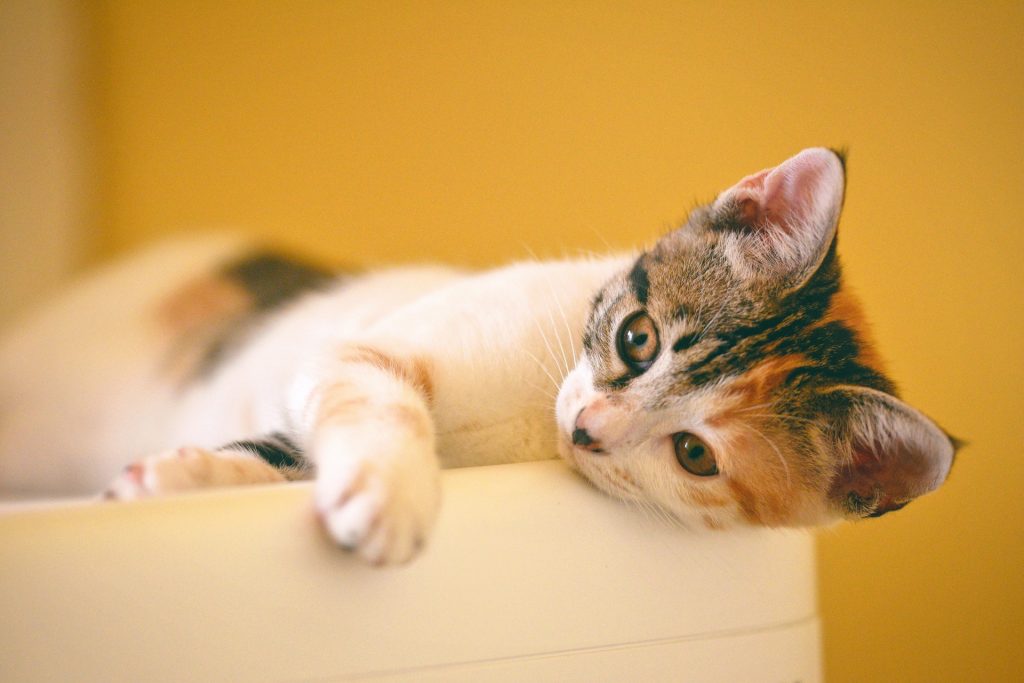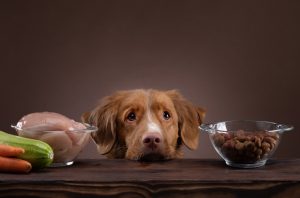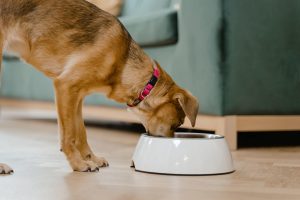Time to read: 5 mins
Choosing the right pet food to suit their needs
The type of food your pet eats is a preference. No one type of pet food is better than the other, as long as they are getting all the nutrients they require. This can be ensured by buying high quality food that is transparent about the ingredients it contains.
Dry vs. Wet Pet Food
Some people prefer dry food over wet food. This is mostly because:
- Dry food helps to keep your pets’ teeth healthy and strong
- There is no need for refrigeration
- Easier to transport and clean up
- It is slightly cheaper
Dry food tends to be cheaper because it has a much longer storage life and pets require a lot less dry food than they do wet food. When eating dry food, pets consume many calories in a small amount, whereas wet food has fewer calories. This means more is needed to fill them up.
Most pets would choose wet food as the smell is more intense and therefore has more flavour. Wet food is a good option for pets that don’t drink much water because it has a higher water content. This helps them to increase their water consumption throughout the day. Hydration is key for your pets, especially in the warmer temperatures. If your pet has a large appetite, wet food could help them maintain a lower weight. Due to the fewer calories per serving, they can eat more without gaining weight.
Raw Pet Food
There has been a recent rise in raw food options for pets. This is due to an increase in the need for transparency of what is going into our pet’s food. Some mainstream dog food brands are mass produced and may contain chemicals and unnatural preservatives that are unhealthy for your pets. Raw pet food removes these unnatural components to give your dog a natural option.
There are some noticeable benefits from pets eating raw pet food:
- Shinier coats
- More energy
- Healthier skin and reduced skin irritations
- Improved gut health
However, there are negatives to raw food:
- The food will have to be refrigerated and the expiry dates must be closely monitored to avoid making your pet sick
- Harmful bacteria in the food because it is not cooked could also make your pet sick
- Homemade pet food requires a lot of preparation and time to make it
Homemade Pet Food
As people move away from conventional store-bought food, there is a rise in homemade options. If your pet is a fussy eater or they have an intolerance or allergy, making their food could be a good option for you. Although, it might not be the best option for everyone as it can be time consuming and requires a lot of research to make sure your pet is staying healthy on their new diet.
When making food for your pet you should always follow a tried and tested recipe. These recipes should be from a trusted source like a vet or a vet nutritionist. The foods must be balanced and have all of the necessary nutrients your pet requires. Lack of nutrition could lead to malnourishment and too much could lead to obesity. There are certain foods that dogs and cats cannot eat, and they should not be added to your pet’s meals. Some of these include chocolate, onions and garlic. If you have any questions about homemade pet food contact a vet nutritionist. They will be able to answer your questions.
Senior Pet Food
As your pets get older their metabolism slows down. This puts them at risk of gaining weight. Food for older dogs and cats has less calories to avoid them putting on an unhealthy amount of weight.
Puppy and Kitten Food
Puppies and kittens need the right food so they can grow, get stronger and their joints and bones can form correctly. Since they are growing so rapidly, puppies and kittens need food that will aid their physical development. In certain dog breeds, like Labradors, the puppies are susceptible to hip dysplasia. They should also be fed at regular intervals as this will teach them not to over eat or stretch their growing stomachs.
Grain free pet food
This means that grains such as rice, wheat or maize have been substituted with other carbs such as sweet potato or chickpeas. There is no proof to say one is better than the other. Although, a recent study conducted by the FDA into the correlation between dogs on a grain-free diet and them having cardiomyopathy. Out of all of the dogs studied, 90% of them were on a grain-free diet. The study is ongoing. This means no official results have been released and it cannot be said whether the grain-free pet food is the reason for the cardiomyopathy.
A recent update to the study has shifted the focus from not only grain-free diets but what they call BEG diets. This stands for boutique companies, exotic ingredients and grain free diets. These include fruits, vegetables and foreign meat that pets are not used to eating. To find out more on this issue be sure to look at the American Kennel Club’s article https://www.akc.org/expert-advice/nutrition/fda-grain-free-diet-alert-dcm/
Related articles
Can you feed human food to dogs?


